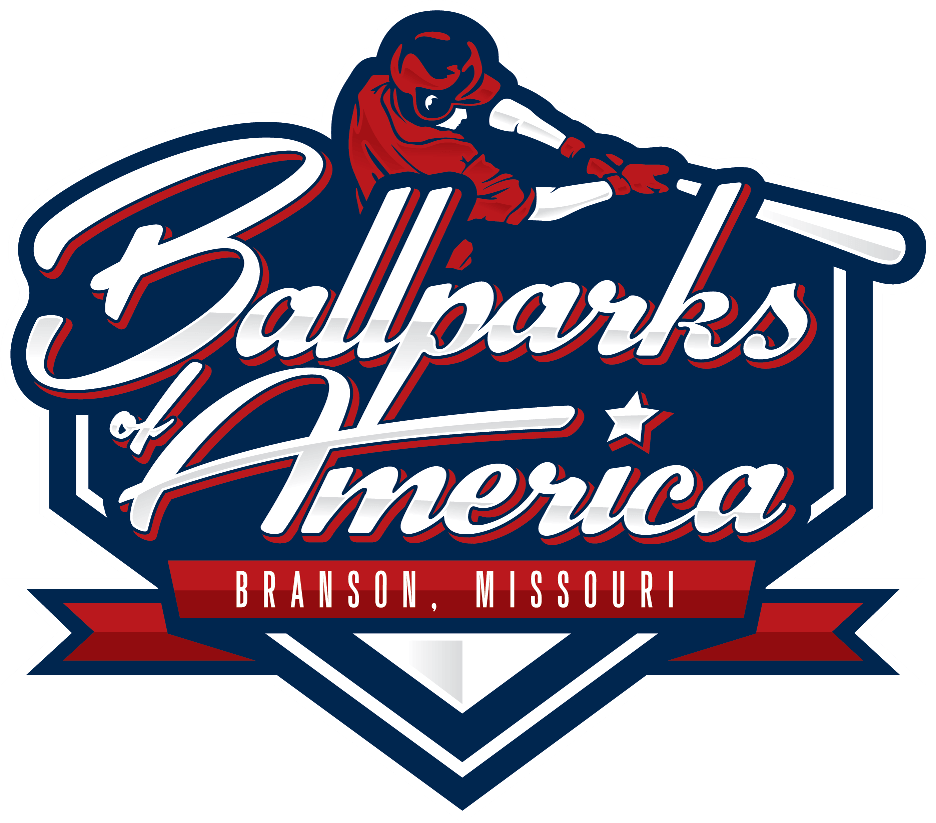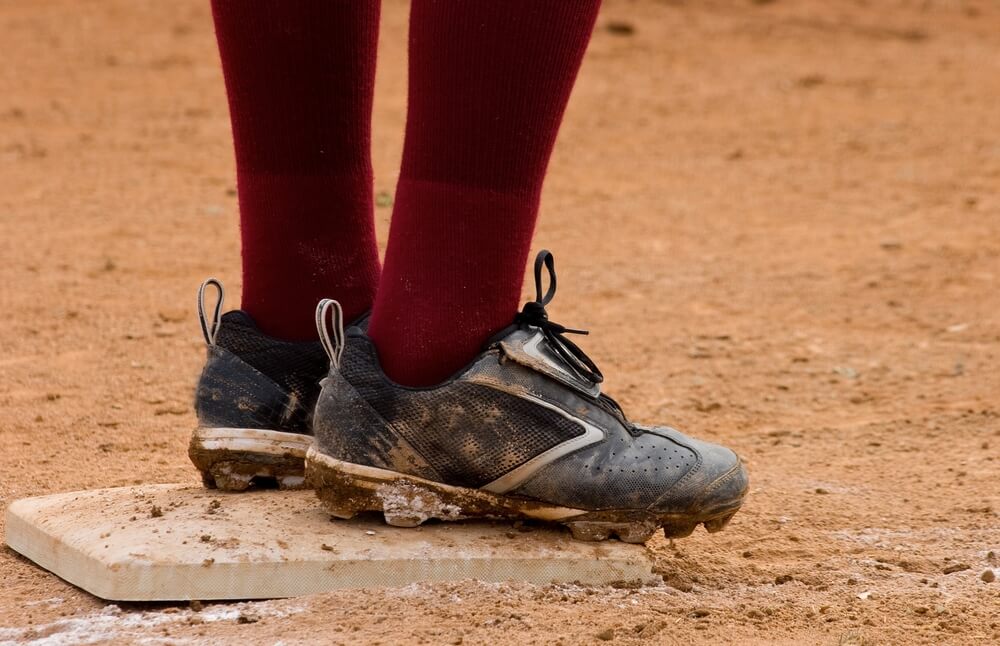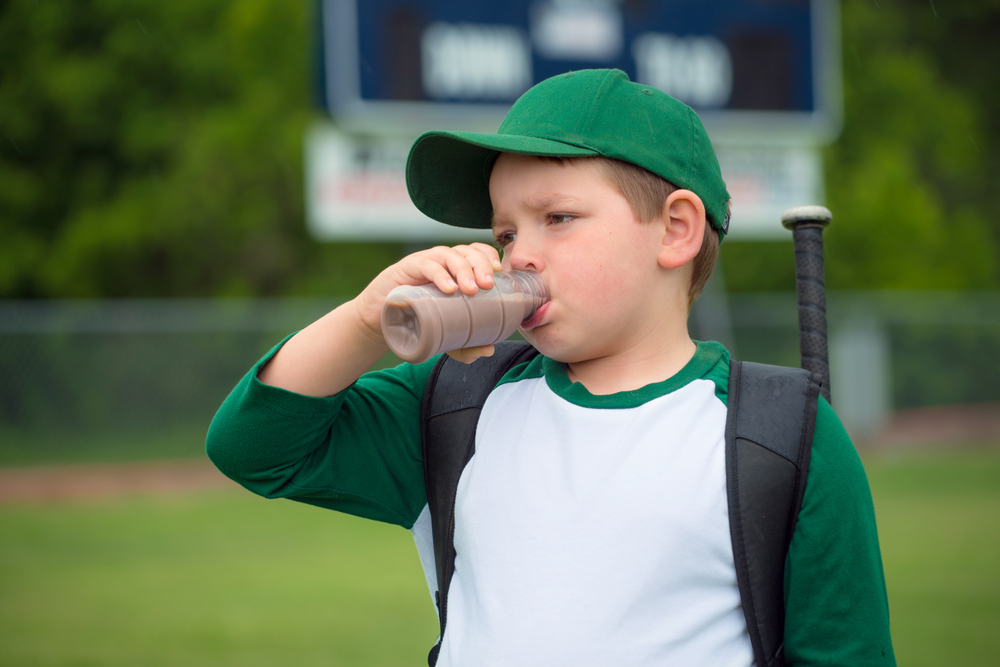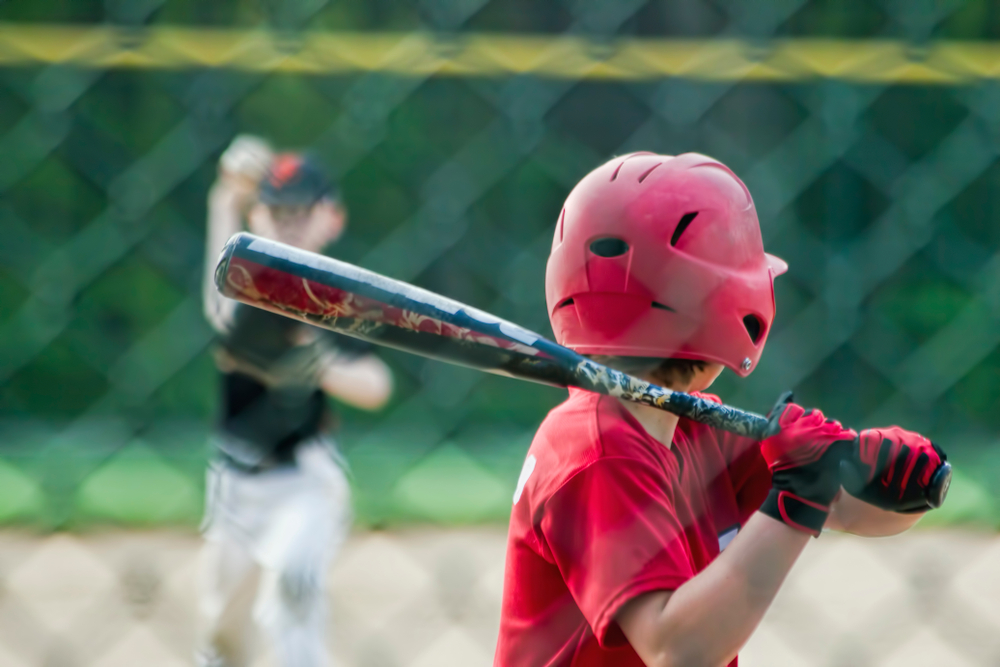Excellent balance is essential for baseball players and it starts with the feet. Cleats give a player grip to cut, run, plant, and keep balance. In today’s blog, we discuss key factors to consider when shopping for youth baseball cleats.
Related Post: How to Train for Youth Baseball Tournaments
Types: Molded vs. Metal vs. Turf
Molded plastic cleats are the most popular in the game. They are lightweight, durable, and less expensive than metal cleats. Plastic cleats have a high density, which gives the foot better weight distribution than metal spikes. This means molded spikes tend to be more comfortable. Metal cleats, however, have superior grip quality, particularly on playing fields with long grass or wet or muddy conditions.
Professional and collegiate players favor metal cleats. Heavy and less comfortable than molded cleats, metal cleats offer the most traction and grip but are only allowed on some surfaces. For instance, Ballparks of America does not permit metal cleats on the synthetic fields of our iconic replica parks. Check league and tournament rules to ensure they are allowed before purchasing metal cleats for your youth baseball player. Most youth leagues do not allow metal spikes until level 13U for safety reasons.
Players prefer turf cleats for artificial surfaces and dry/indoor fields or as practice shoes. Turf cleats are styled like a sneaker—lightweight with minor gripping elements on the sole. Turf shoes provide less traction than other youth baseball cleats but can be used on natural playing surfaces.
Baseball Cleat Styles
There are several factors to consider when deciding what style of cleat will work best for a player.
Low tops vs. mid/high tops
Low-cut cleats support a player’s speed and mobility. They are ideally suited for outfielders and athletes who rely on reaching top sprint speeds or making frequent sharp cuts. They are lightweight and allow prime flexibility. The tradeoff with low-cut cleats is that they provide the least amount of ankle support.
High-cut baseball cleats offer the most support and foot safety. They are heavier than low-cuts and benefit players looking for a sturdy base, often preferred by batters who hit for power. Mid-cut cleats provide the best of both worlds: meeting in the middle to give a mix of flexibility and support.
Mesh vs. leather construction
Youth baseball cleats are constructed with mesh, leather, synthetic leather, or a mix of those materials. Leather and synthetic leather provide the most support, while mesh offers the most flexibility and airflow.
Baseball Cleat Size and Fit
Cleat sizing is in line with common sneakers and should be bought to fit now. Cleats should fit snugly to keep the foot in place—too much movement will cause blisters. If buying up a size for young players, purchase within a half-size—too much room in the toe can lead to ingrown nails and other injuries.
How Much Should Youth Baseball Cleats Cost?
Like most equipment, youth baseball cleats can cost as much as you’re willing to pay, $120 or more. In most cases, your athlete should be able to find a quality pair of cleats from a reputable brand for less than $60. We recommend the brands New Balance, Adidas, Nike, Mizuno, and Under Armour.
Ballparks of America is the Premier Youth Baseball Destination
Here at Ballparks of America we live and breathe youth travel baseball. Sign up for a tournament or reach out to us with a question.





